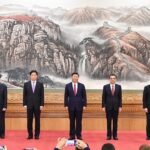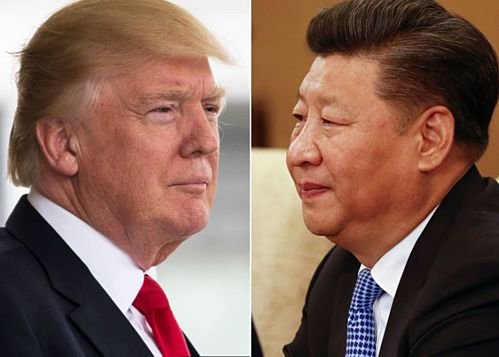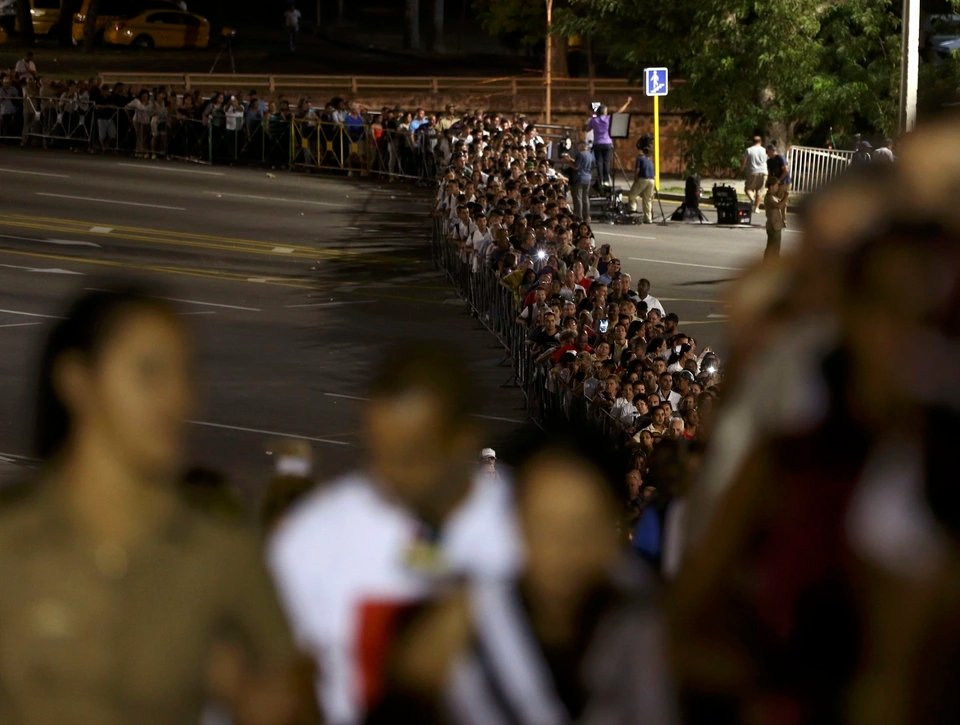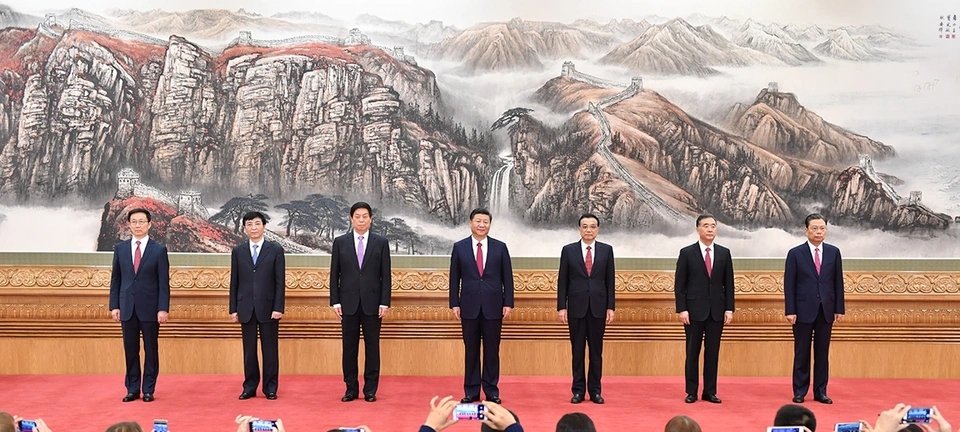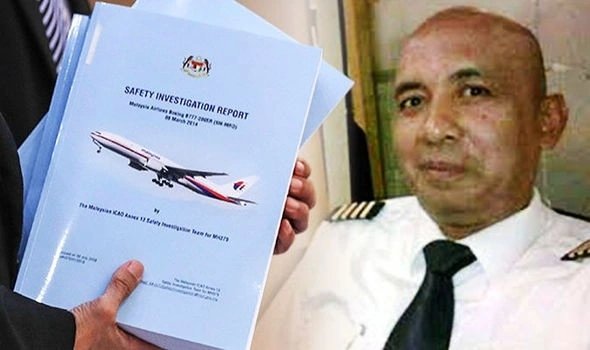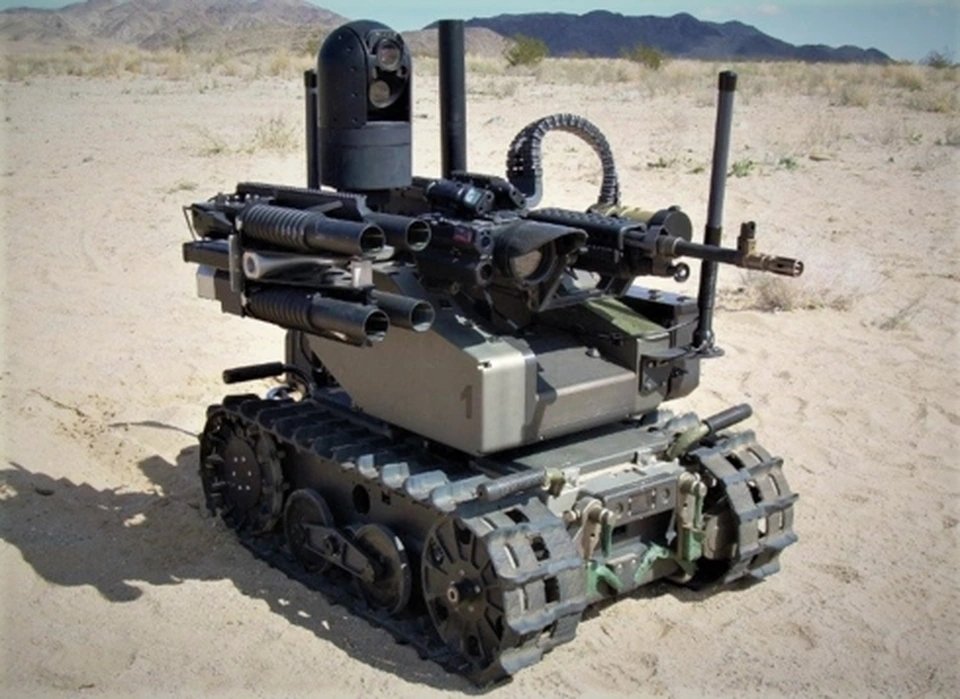At today’s press conference in Beijing, China’s Ministry of Foreign Affairs said that officials still plan to come to the US to carry out the next round of negotiations.
`We are trying to collect more information about the current situation,` said Geng Shuang – spokesman for the ministry. `What we can say is that the Chinese delegation is still preparing to go to the US for negotiations.`
Yesterday, US President Donald Trump said on Twitter that he would raise tariffs on $200 billion in Chinese goods from 10% to 25%, starting this Friday.
US President – Donald Trump and Chinese President – Xi Jinping.
Global stocks immediately reacted negatively to this information.
`The risk of a comprehensive trade war is escalating,` commented Chua Hak Bin – senior economist at Maybank Kim Eng Research. `Mr. Trump’s threat could backfire if China does not want to negotiate.`
Today, Goldman Sachs issued a statement stating that the possibility of the two sides reaching an agreement is decreasing.
Bloomberg this morning quoted a close source saying that China’s negotiating team, led by Vice Premier Liu He, is considering canceling this week’s trip to Washington, after Mr. Trump’s threat of tariffs.
The world’s two largest economies have been locked in a trade war lasting 10 months.
Mr. Trump’s announcement yesterday showed a complete reversal in the White House’s position.
On Fox News, White House economic adviser Larry Kudlow said Mr. Trump `is sending a warning.`
In theory, China can still impose taxes to counterattack the US.
`China cannot make concessions as the US wants when it has a gun pointed at its head,` said Zhou Xiaoming – a former Chinese Ministry of Commerce official. `If the tariffs threatened by Trump are implemented on Friday, China will
According to calculations by Bloomberg Economics, import taxes at current levels will cause China’s GDP growth to lose 0.5% this year.
Today, the Central Bank of China also announced to inject 280 billion yuan (41 billion USD) of long-term capital into the market, through reducing the required reserve ratio for some small banks.

